Home>Home Appliances>Home Automation Appliances>How Do You Turn Off A Honeywell Thermostat
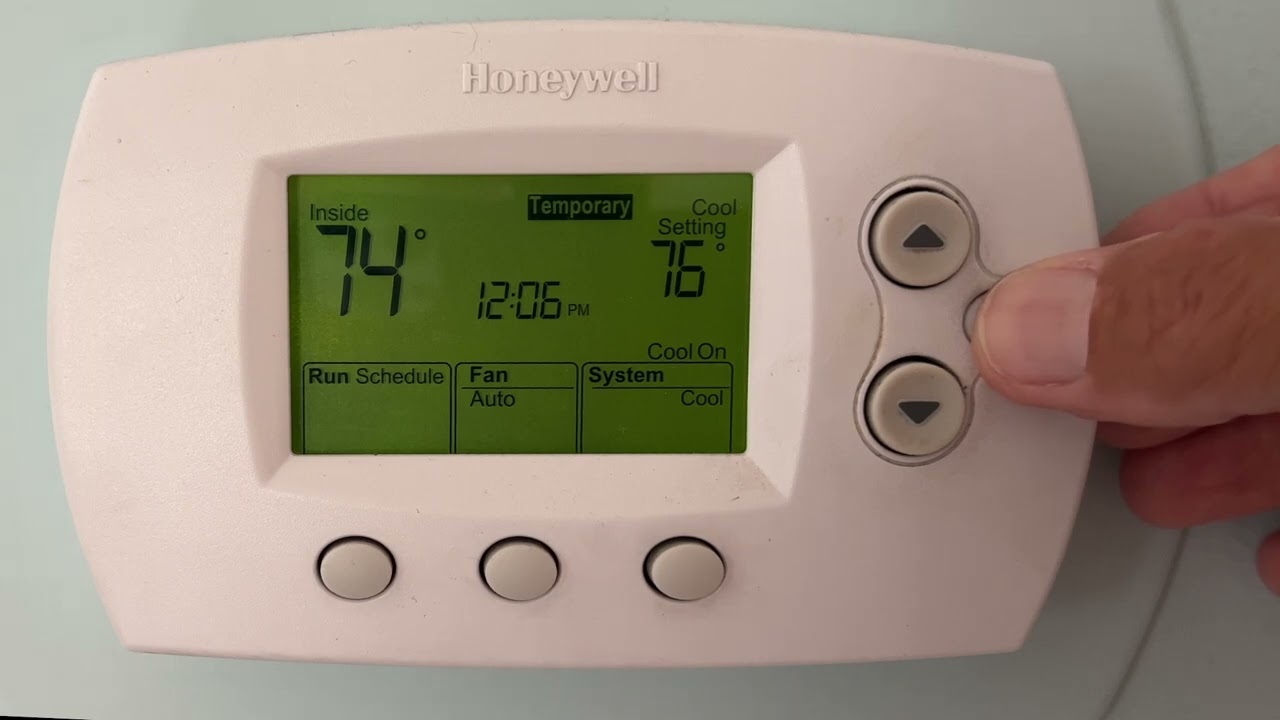

Home Automation Appliances
How Do You Turn Off A Honeywell Thermostat
Modified: May 6, 2024
Learn how to turn off a Honeywell thermostat for your home automation appliances. Follow these simple steps to control your home's temperature efficiently.
(Many of the links in this article redirect to a specific reviewed product. Your purchase of these products through affiliate links helps to generate commission for Storables.com, at no extra cost. Learn more)
Introduction
Understanding the Honeywell Thermostat
The Honeywell thermostat is a smart and innovative device that has revolutionized home climate control. It offers a range of features designed to enhance comfort, energy efficiency, and convenience. Understanding the functionality and capabilities of the Honeywell thermostat is essential for effectively managing your home's heating and cooling systems.
The Honeywell thermostat is equipped with advanced sensors and intuitive controls that enable precise temperature regulation. Its user-friendly interface allows homeowners to program customized schedules, set temperature preferences, and monitor energy usage. Additionally, the thermostat can be integrated with smart home automation platforms, enabling remote access and seamless connectivity with other smart devices.
One of the key attributes of the Honeywell thermostat is its ability to learn and adapt to the household’s heating and cooling patterns, optimizing comfort while minimizing energy consumption. This adaptive intelligence ensures that the thermostat continuously adjusts its settings to align with the occupants’ preferences and daily routines.
Furthermore, the Honeywell thermostat incorporates cutting-edge technology such as geofencing, which leverages the location of connected smartphones to automatically adjust the temperature based on the occupants’ proximity to the home. This feature not only enhances comfort but also contributes to energy savings by reducing unnecessary heating and cooling when the house is unoccupied.
Overall, the Honeywell thermostat represents a significant advancement in home climate control, offering a blend of precision, convenience, and energy efficiency. By familiarizing yourself with its capabilities, you can maximize the benefits it provides and create an optimal indoor environment for your household.
Understanding the Honeywell Thermostat
The Honeywell thermostat is a sophisticated device designed to regulate indoor temperature with precision and efficiency. It employs advanced sensors and intelligent algorithms to maintain a comfortable environment while optimizing energy usage. Understanding the key components and features of the Honeywell thermostat is essential for harnessing its full potential.
Key Components:
The Honeywell thermostat consists of several key components that work in harmony to deliver optimal performance. These include temperature sensors, a user interface, connectivity modules, and control algorithms. The temperature sensors continuously monitor the ambient conditions, providing real-time data to the thermostat's control system. The user interface allows homeowners to interact with the thermostat, enabling them to set temperature preferences, create schedules, and access energy usage information. Connectivity modules facilitate integration with smart home systems, enabling remote access and seamless interaction with other connected devices. The control algorithms leverage the sensor data and user input to make intelligent decisions regarding temperature regulation and energy management.
Features and Capabilities:
The Honeywell thermostat boasts an array of features and capabilities that set it apart as a leading smart home device. It offers programmable scheduling, allowing users to create customized temperature settings based on their daily routines. This feature not only enhances comfort but also contributes to energy savings by avoiding unnecessary heating or cooling when the home is unoccupied. Moreover, the thermostat's adaptive learning functionality enables it to analyze usage patterns and adjust its settings to align with the occupants' preferences, further optimizing energy efficiency.
Integration and Connectivity:
The Honeywell thermostat is designed to seamlessly integrate with smart home ecosystems, enabling comprehensive control and automation. It can be connected to Wi-Fi networks, allowing users to manage the thermostat remotely through dedicated mobile apps or voice commands via virtual assistants. This connectivity also facilitates geofencing, a feature that leverages the location of connected smartphones to automatically adjust the temperature based on the occupants' proximity to the home.
Energy Efficiency and Comfort:
One of the primary objectives of the Honeywell thermostat is to strike a balance between energy efficiency and comfort. By leveraging its advanced features, including adaptive learning, geofencing, and precise temperature control, the thermostat optimizes energy usage without compromising the occupants' comfort. This not only reduces utility costs but also aligns with sustainable and eco-friendly practices.
Understanding the inner workings and capabilities of the Honeywell thermostat empowers homeowners to make informed decisions regarding temperature management and energy conservation. By harnessing its advanced features and integrating it into a smart home ecosystem, individuals can elevate their living spaces to new levels of comfort, efficiency, and convenience.
Turning Off the Honeywell Thermostat
While the primary function of a thermostat is to regulate indoor temperature, there are instances when turning it off becomes necessary, such as during maintenance, extended periods of absence, or seasonal shutdowns. Understanding how to effectively turn off a Honeywell thermostat is essential for homeowners seeking to temporarily suspend its operation without disrupting its settings or functionality.
Standard Shutdown Procedure:
To initiate a temporary shutdown of the Honeywell thermostat, users can follow a straightforward process to ensure that it ceases heating or cooling operations without affecting its programmed settings. This can typically be achieved by accessing the thermostat’s control panel or interface and locating the power or system switch. By toggling this switch to the “Off” position, the thermostat will effectively halt its heating or cooling functions while retaining its programmed schedules and settings for future reactivation.
Utilizing the “Hold” or “Vacation” Mode:
Many Honeywell thermostats offer a “Hold” or “Vacation” mode, which allows users to temporarily override the programmed schedules and set a consistent temperature for a specified duration. This feature is particularly useful when homeowners plan to be away from their residence for an extended period, as it enables them to maintain energy-efficient temperature settings while preventing unnecessary heating or cooling. Activating the “Hold” or “Vacation” mode effectively suspends the thermostat’s automatic schedule without requiring a complete shutdown, providing a convenient alternative for temporary temperature adjustments.
Remote Access and Control:
For homeowners with smart thermostats, including certain models of the Honeywell thermostat, remote access and control capabilities offer additional flexibility when it comes to turning off or adjusting the device from a distance. Through dedicated mobile applications or smart home platforms, users can remotely access their thermostats and initiate shutdown procedures, activate energy-saving modes, or adjust temperature settings based on their specific requirements. This seamless remote control empowers homeowners to manage their thermostat’s operation conveniently, even when they are away from home.
Seasonal Shutdown and Maintenance:
During seasonal transitions or when conducting maintenance on heating or cooling systems, turning off the Honeywell thermostat may be necessary to ensure safe and efficient procedures. By following manufacturer guidelines and consulting professional HVAC technicians, homeowners can implement proper shutdown protocols for their thermostats, safeguarding the integrity of their HVAC systems and promoting long-term reliability.
By understanding the various methods and considerations associated with turning off a Honeywell thermostat, homeowners can confidently navigate temporary shutdowns, energy-saving modes, and maintenance procedures while maintaining control over their indoor climate management. Whether through standard shutdown procedures, specialized modes, remote access capabilities, or seasonal adjustments, the ability to effectively turn off a Honeywell thermostat empowers individuals to manage their home’s comfort and energy efficiency with ease and precision.
To turn off a Honeywell thermostat, simply locate the power switch or circuit breaker that controls the thermostat and switch it off. This will shut down the thermostat and stop it from controlling the heating or cooling system.
Alternative Methods to Turn Off the Honeywell Thermostat
While the conventional approach to turning off a Honeywell thermostat involves utilizing its built-in controls or interface, there are alternative methods and supplementary features that offer additional flexibility and convenience for homeowners seeking to manage their indoor climate effectively. These alternative methods encompass advanced functionalities, smart home integration, and specialized modes that extend beyond the standard shutdown procedures, providing users with tailored options to meet their specific needs.
Voice-Activated Control:
With the integration of voice-activated assistants such as Amazon Alexa or Google Assistant, certain models of the Honeywell thermostat offer hands-free control and management. Users can leverage voice commands to adjust temperature settings, initiate shutdown procedures, or activate energy-saving modes, providing a seamless and intuitive approach to managing their thermostat’s operation without the need for manual interaction.
Geofencing and Location-Based Automation:
Honeywell thermostats equipped with geofencing capabilities leverage the location data from connected smartphones to automatically adjust temperature settings based on the occupants’ proximity to the home. This innovative feature not only enhances energy efficiency by optimizing heating and cooling based on occupancy but also offers a dynamic method of temporarily suspending the thermostat’s operation when individuals are away from their residence, effectively reducing energy consumption without manual intervention.
Smart Home Integration and Automation:
By integrating the Honeywell thermostat into a broader smart home ecosystem, users can leverage automation routines and custom triggers to facilitate temporary shutdowns or energy-saving adjustments. Smart home platforms enable seamless coordination between various devices, allowing homeowners to create personalized automation sequences that include the temporary deactivation of the thermostat during specific scenarios, such as vacations, scheduled maintenance, or extended periods of absence.
Energy-Saving Modes and Customized Schedules:
Many Honeywell thermostats offer energy-saving modes and customized scheduling options that enable users to tailor the device’s operation to align with their lifestyle and preferences. By activating energy-saving modes or adjusting the thermostat’s schedules, homeowners can effectively achieve temporary shutdowns or modified temperature settings without disrupting the device’s core functionality, promoting energy efficiency and comfort management.
Professional HVAC Integration and Controls:
For homeowners seeking comprehensive control and management of their HVAC systems, professional integration and controls provided by HVAC technicians or smart home specialists can offer tailored solutions for turning off the Honeywell thermostat during maintenance, upgrades, or specialized scenarios. Professional integration ensures that shutdown procedures align with industry best practices and system-specific requirements, providing peace of mind and reliability.
By exploring alternative methods and supplementary features for turning off the Honeywell thermostat, homeowners can expand their options for managing indoor climate control, energy efficiency, and comfort. Whether through voice-activated commands, geofencing automation, smart home integration, energy-saving modes, or professional HVAC controls, these alternative methods offer diverse avenues for temporarily suspending the thermostat’s operation and optimizing its performance to suit individual preferences and lifestyle requirements.
Read more: How Do You Operate A Honeywell Thermostat
Conclusion
The Honeywell thermostat represents a pinnacle of innovation and functionality in the realm of home climate control. Its advanced features, intuitive operation, and seamless integration with smart home ecosystems empower homeowners to manage their indoor environment with precision, energy efficiency, and convenience. Understanding how to effectively turn off the Honeywell thermostat, whether for temporary shutdowns, maintenance procedures, or energy-saving adjustments, is essential for optimizing its performance and aligning it with individual requirements.
By familiarizing themselves with standard shutdown procedures, specialized modes such as “Hold” or “Vacation” mode, remote access capabilities, and seasonal shutdown protocols, homeowners can confidently navigate the process of temporarily suspending the thermostat’s operation while preserving its programmed settings and functionality. Moreover, the availability of alternative methods, including voice-activated control, geofencing automation, smart home integration, energy-saving modes, and professional HVAC controls, expands the spectrum of options for managing the thermostat’s operation to suit diverse lifestyles and preferences.
As smart home technology continues to evolve, the Honeywell thermostat remains at the forefront of intelligent climate control, offering a harmonious blend of adaptability, energy efficiency, and user-centric design. Its ability to learn and adjust to occupants’ behavior, integrate with voice-activated assistants, and facilitate remote access underscores its position as a versatile and indispensable component of modern home automation.
In conclusion, the Honeywell thermostat not only provides precise temperature regulation and energy management but also empowers homeowners to exercise nuanced control over their indoor climate, ensuring comfort, efficiency, and sustainability. By mastering the art of turning off the Honeywell thermostat through conventional and alternative methods, individuals can harness its full potential and elevate their home environment to new heights of technological sophistication and personalized comfort.
Curious about more ways to optimize your home environment? If you're puzzled by what "fan on" means on your thermostat, our guide on thermostat settings will clarify all your doubts. For those looking ahead, don't miss our roundup on the best home automation systems for 2024, ensuring you're equipped with the latest in smart home technology. Additionally, learn effective strategies for energy saving with your air conditioning to keep your bills low and your impact on the environment even lower.
Frequently Asked Questions about How Do You Turn Off A Honeywell Thermostat
Was this page helpful?
At Storables.com, we guarantee accurate and reliable information. Our content, validated by Expert Board Contributors, is crafted following stringent Editorial Policies. We're committed to providing you with well-researched, expert-backed insights for all your informational needs.
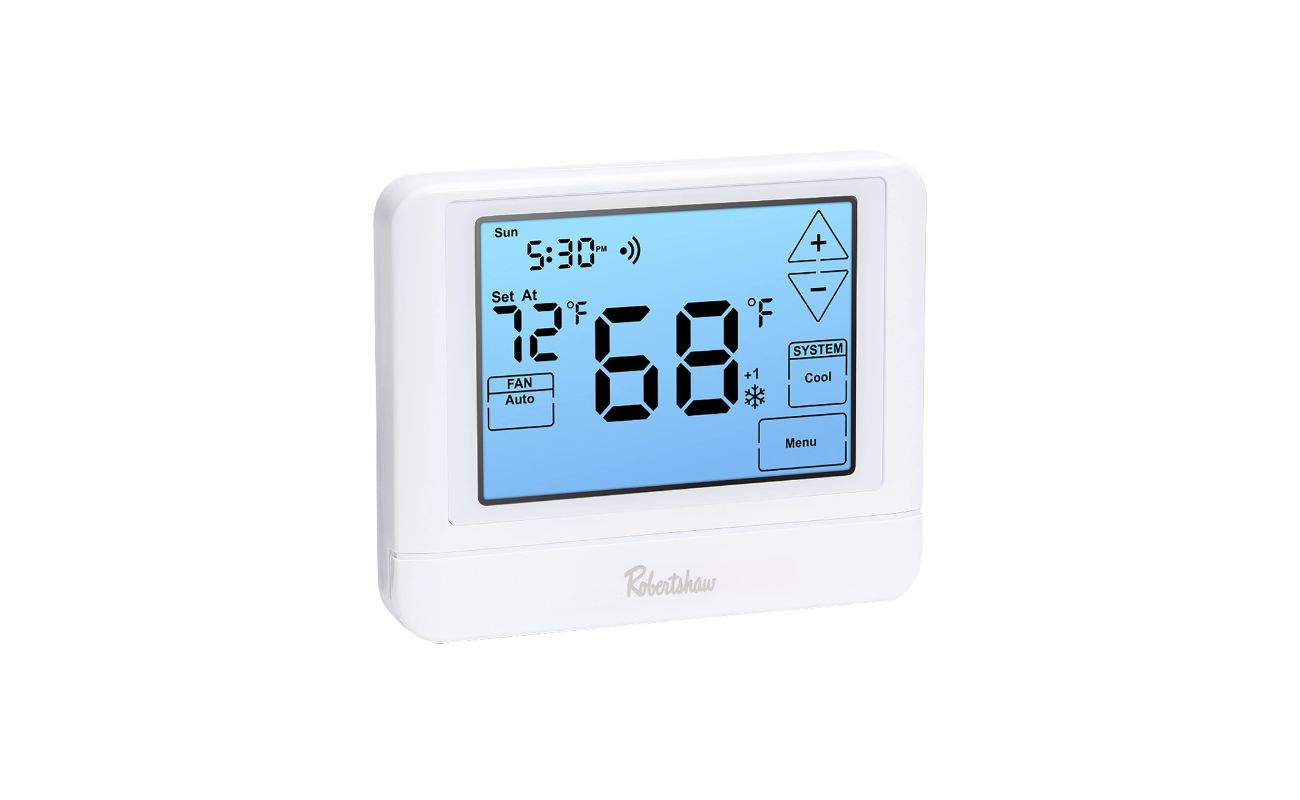

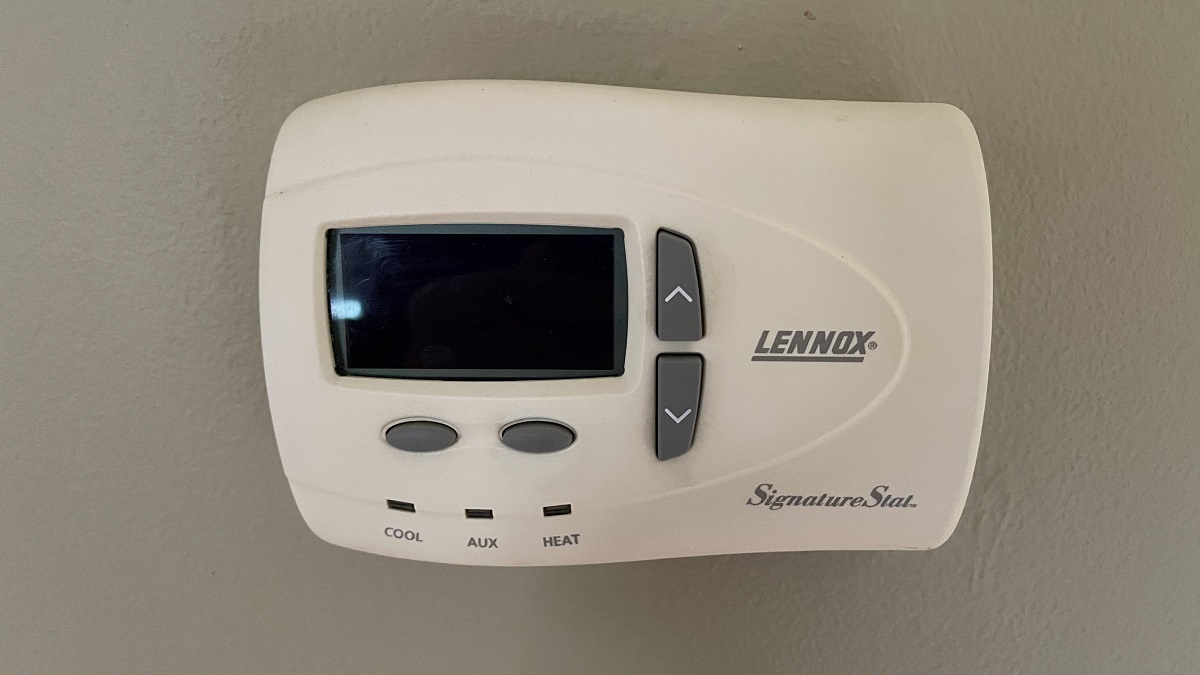
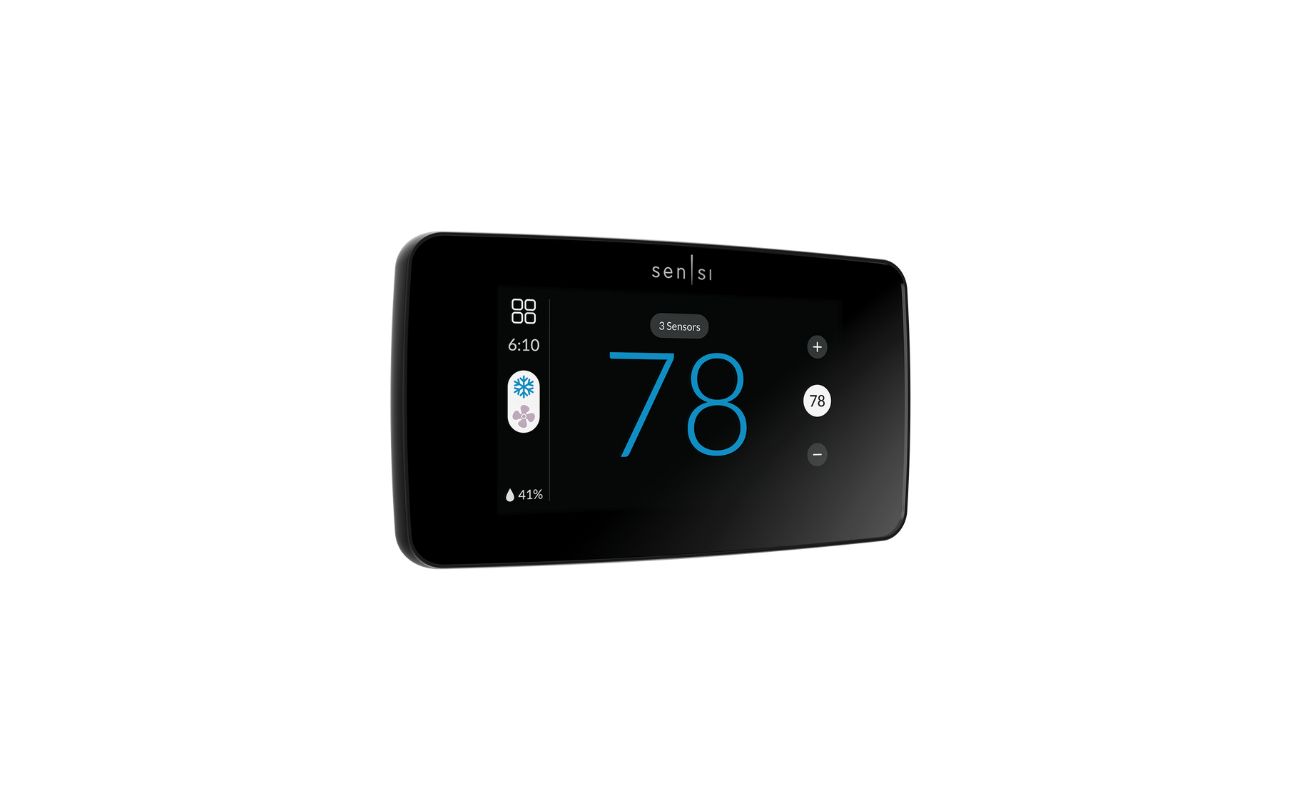
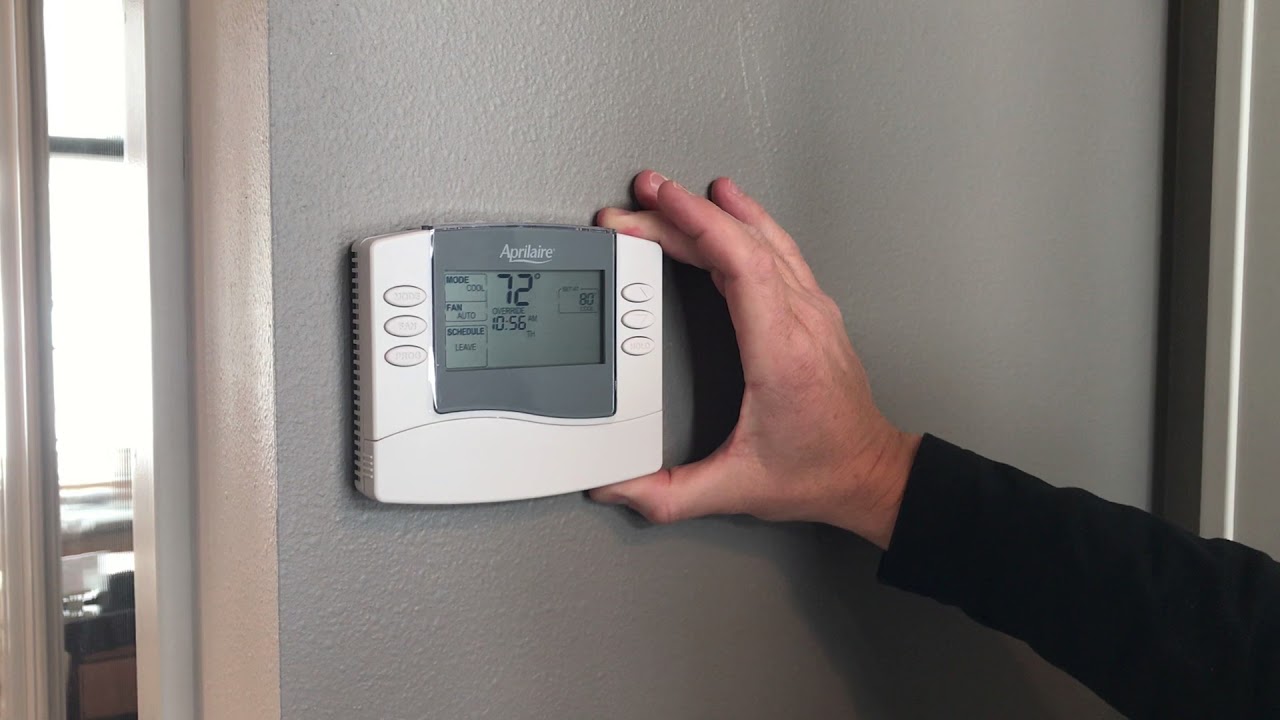
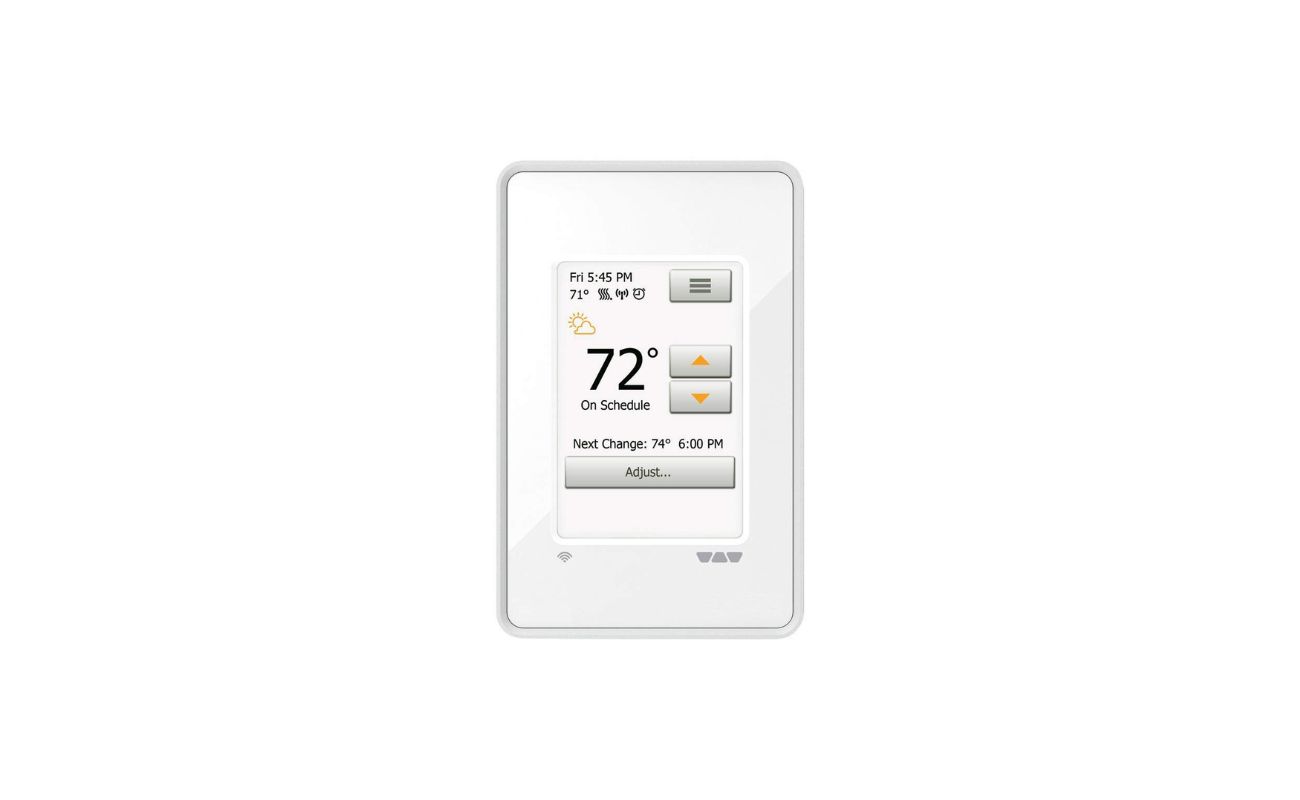
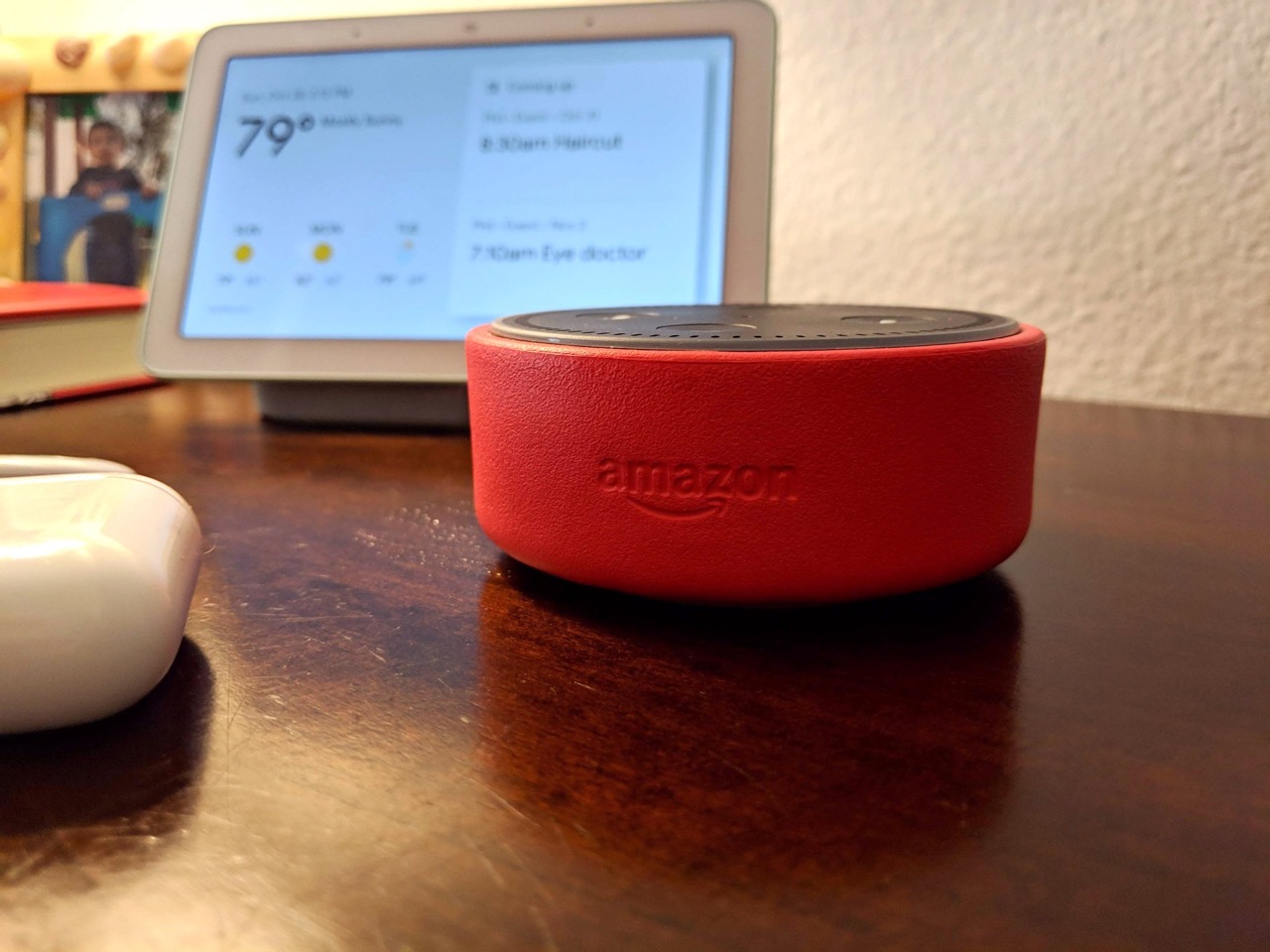
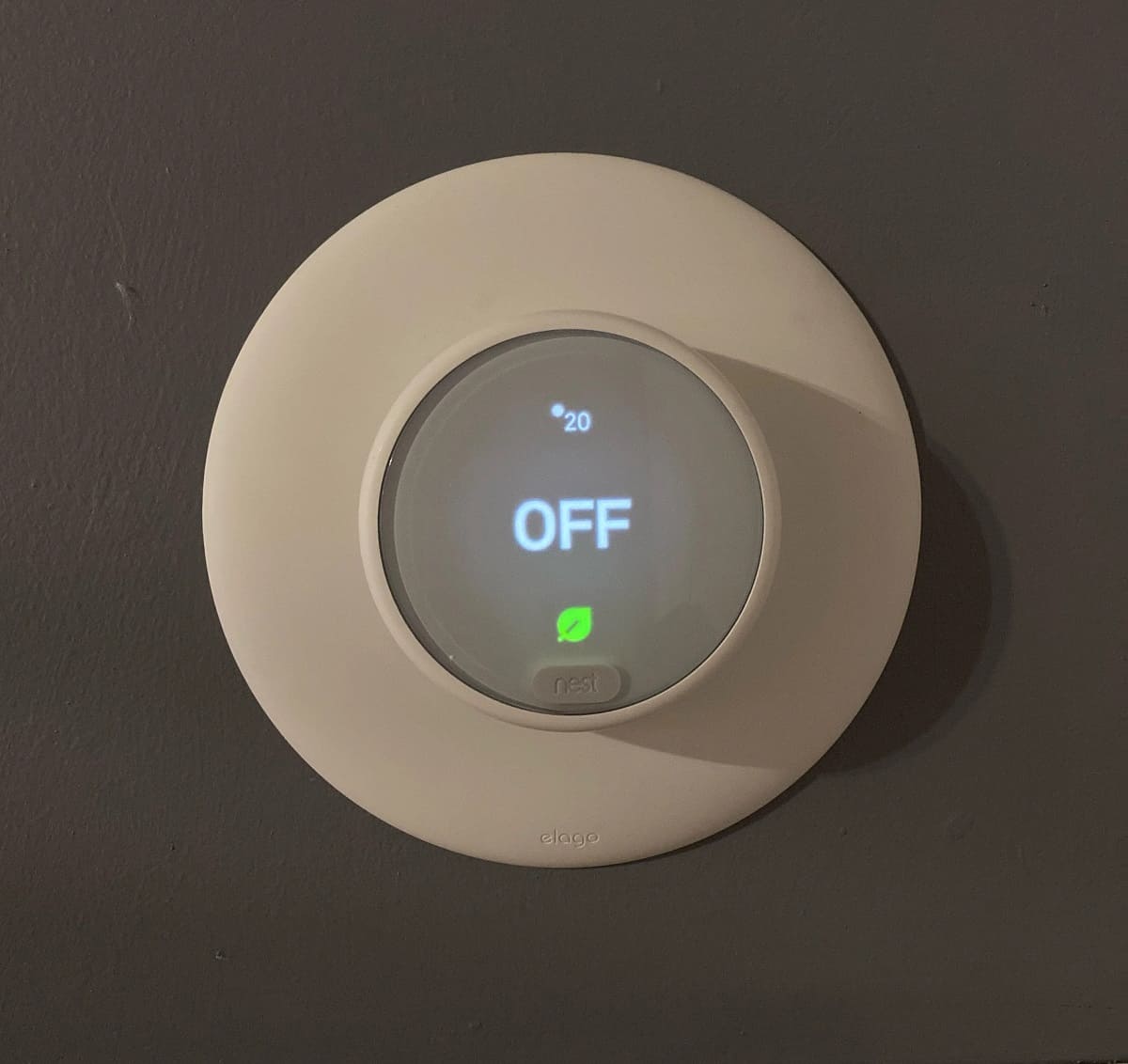
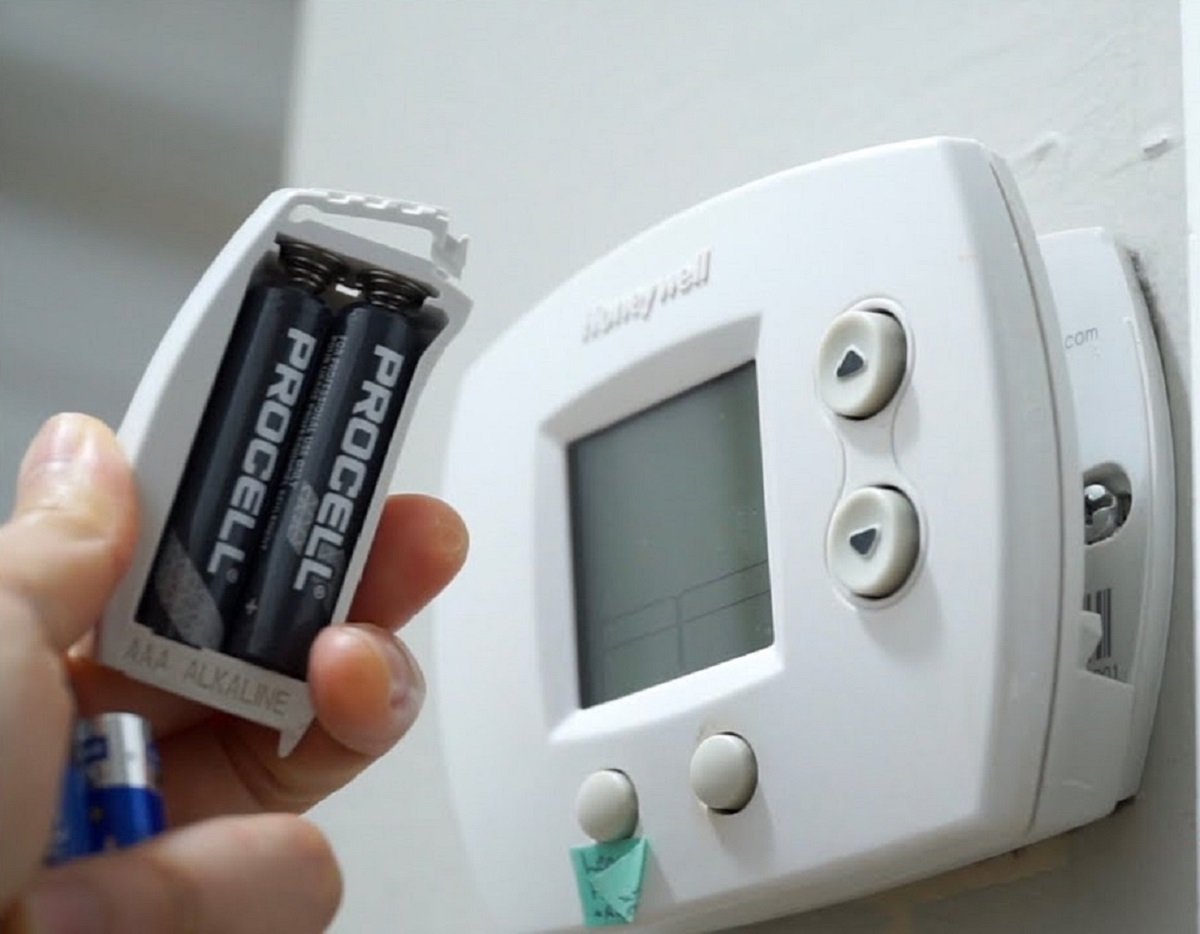
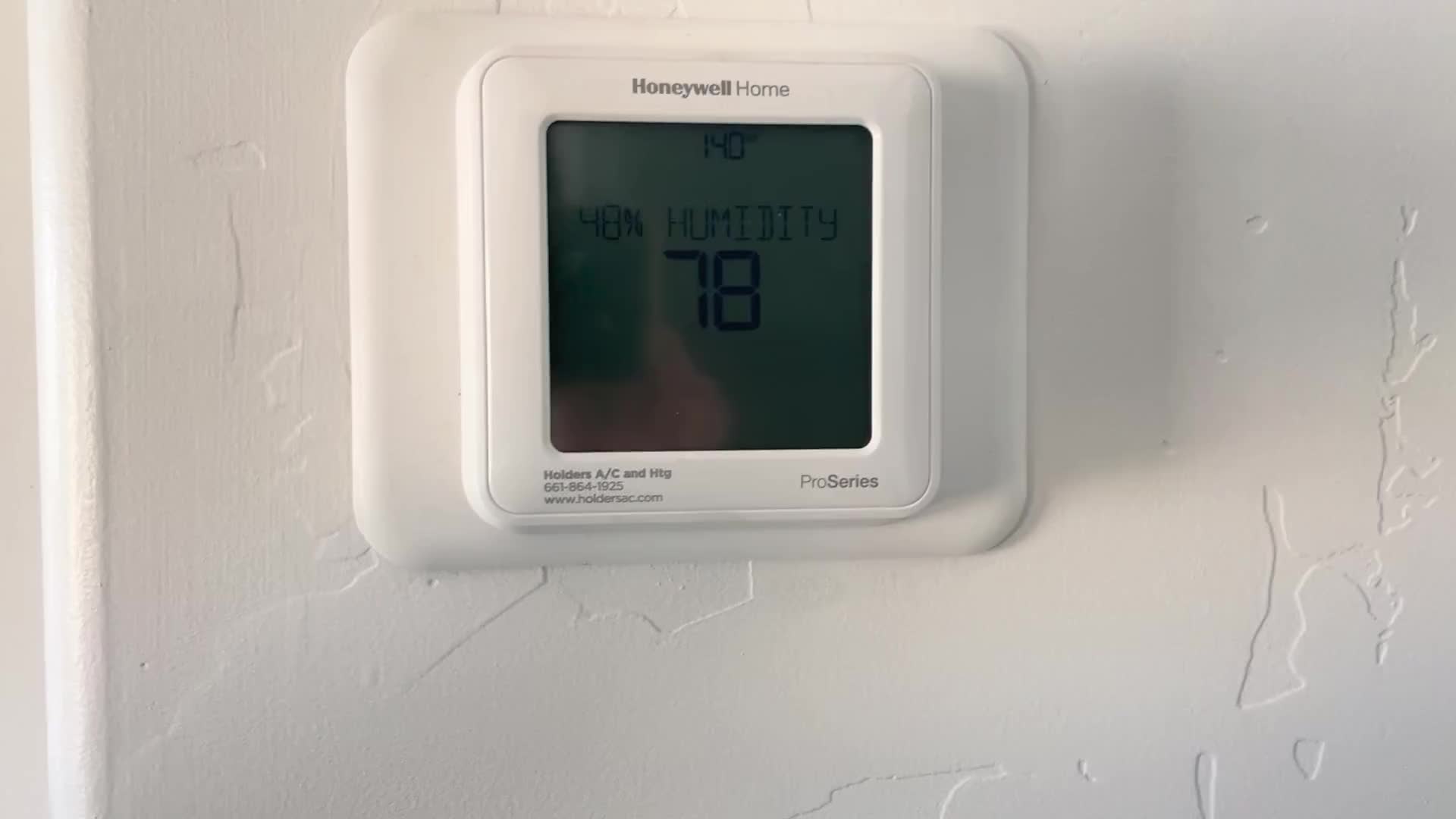
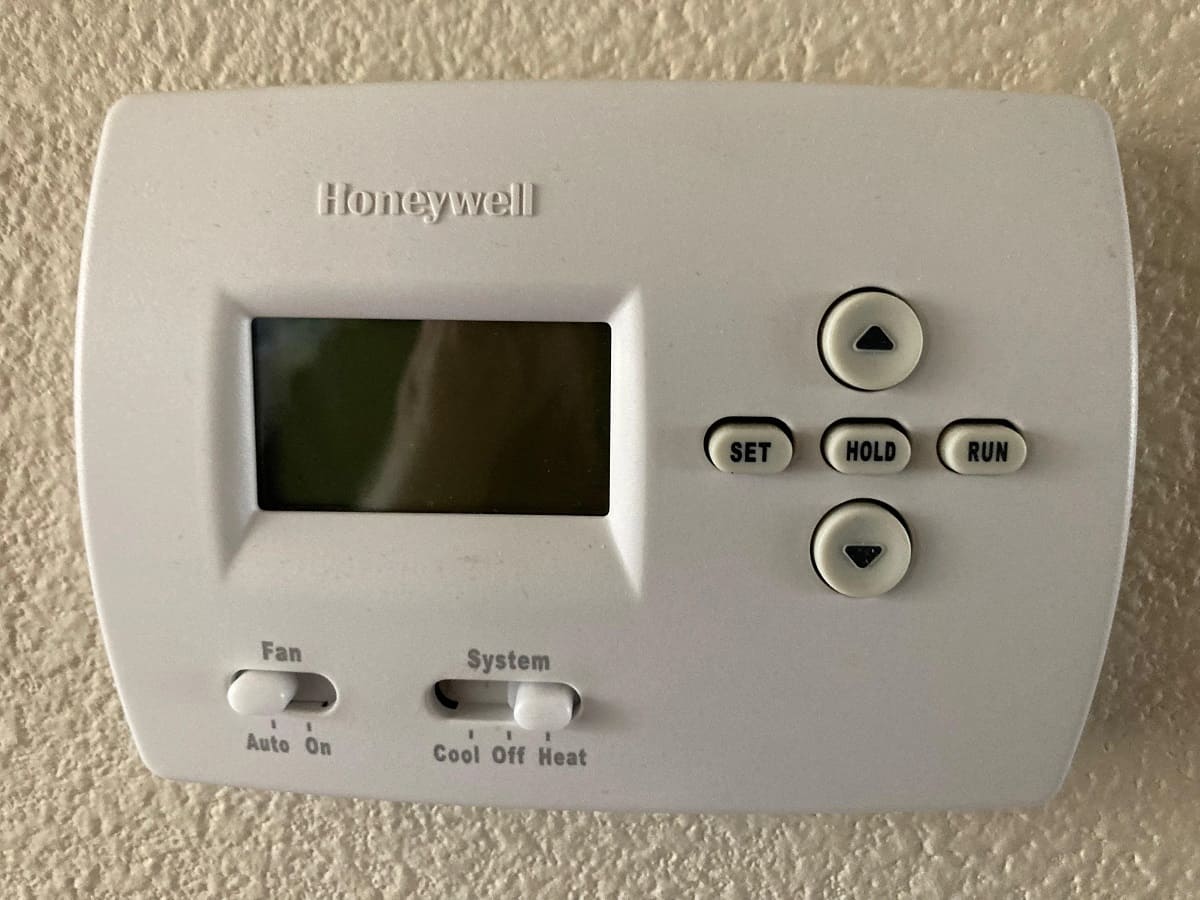
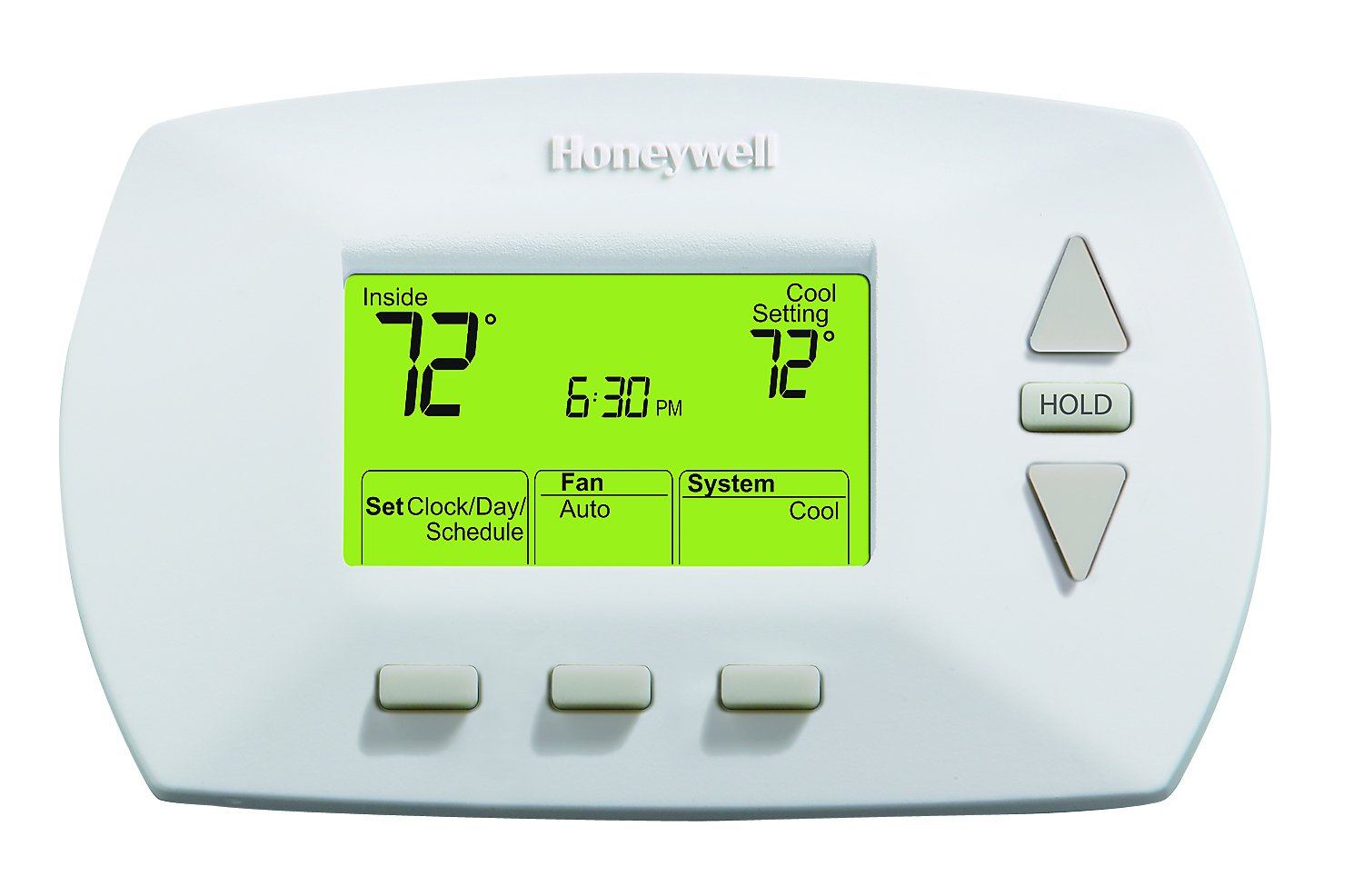
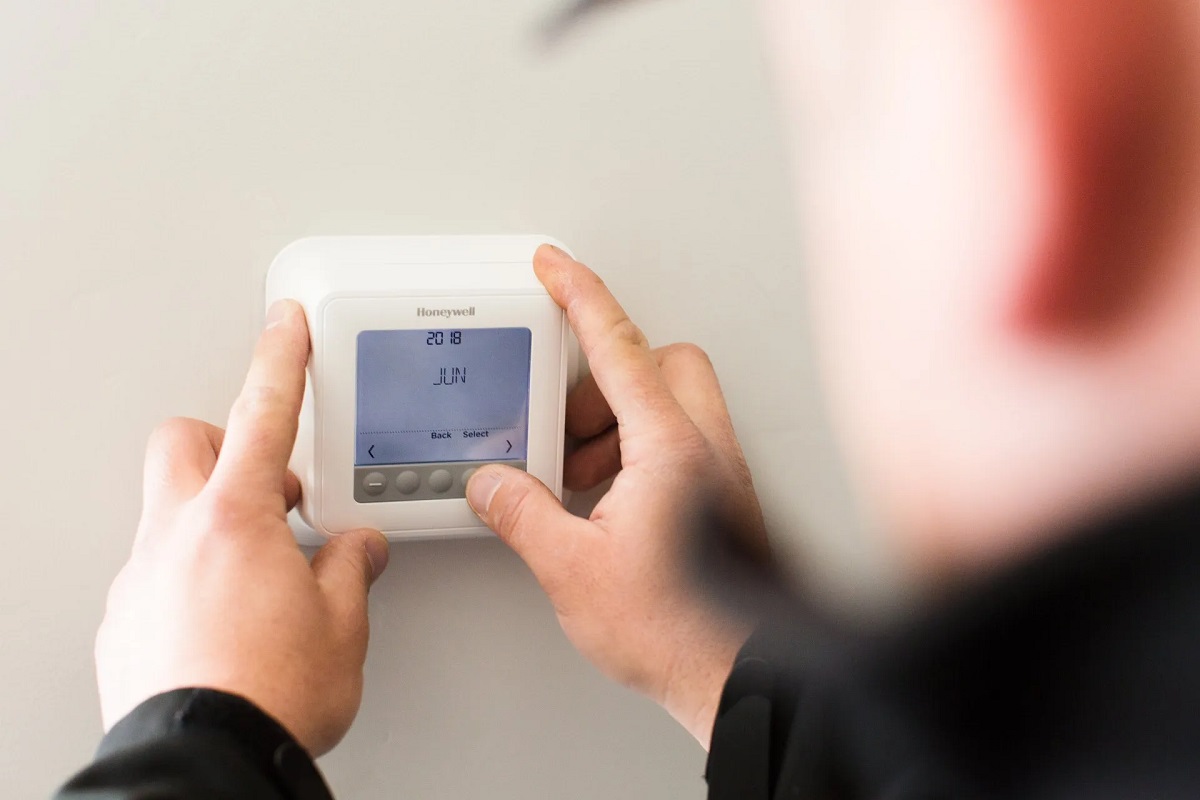
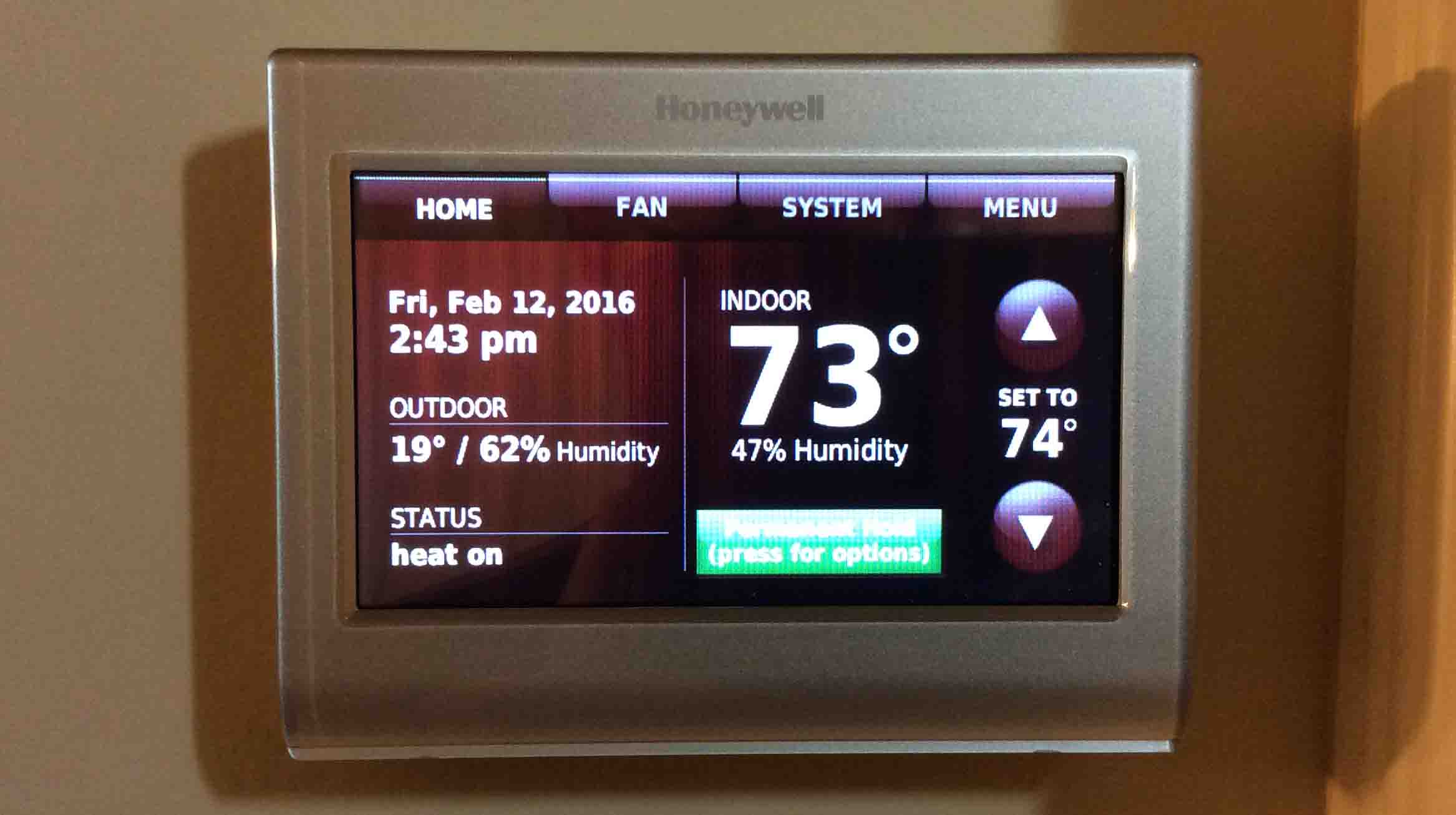

0 thoughts on “How Do You Turn Off A Honeywell Thermostat”